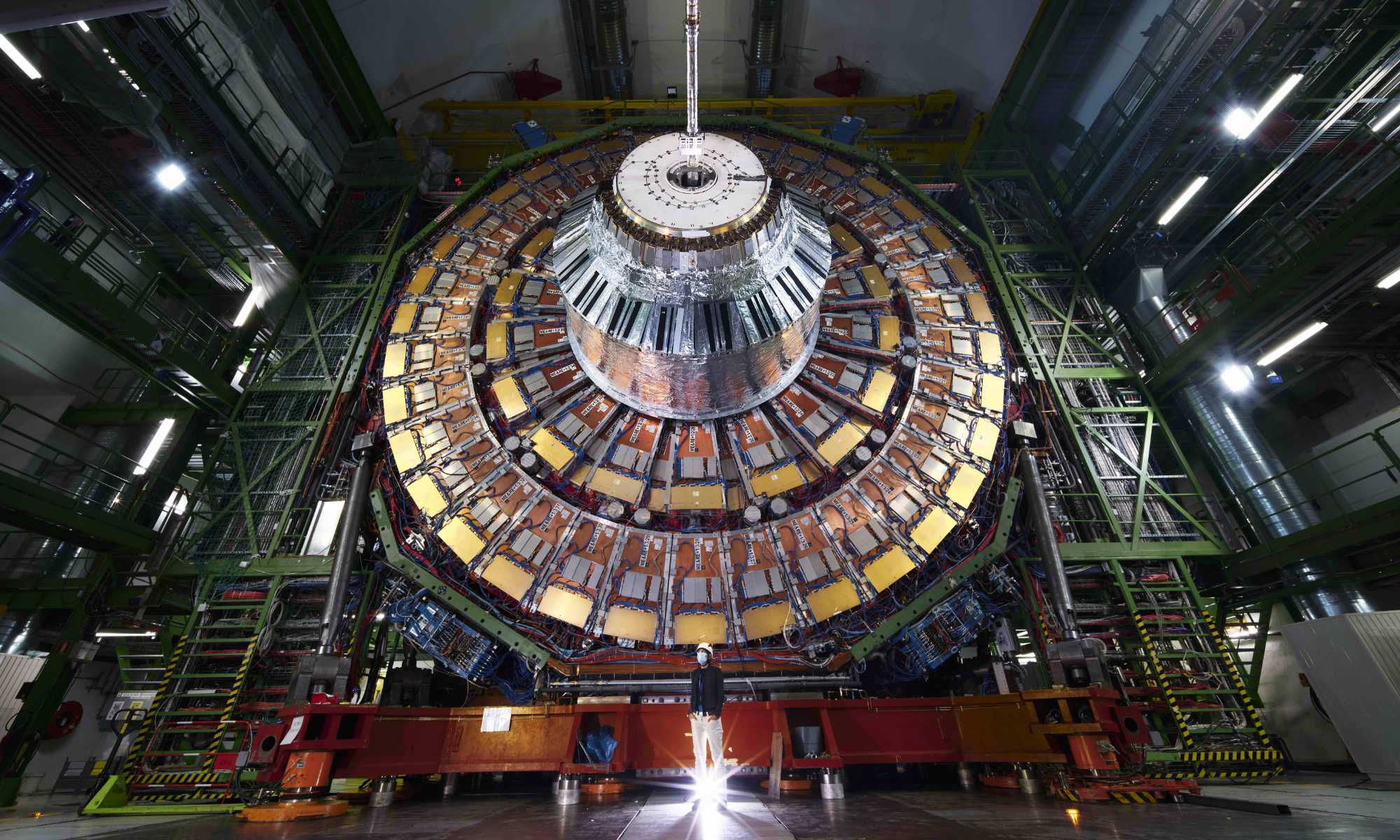
Physicists reach milestone in understanding the universe’s fundamental forces
Rochester researchers involved with CERN make groundbreaking measurements of the electroweak mixing angle, strengthening an understanding of particle physics.

Exploring the ethical dilemmas of emergency care on the front lines
Rachel Whitmoyer ’24, a double major in physics and philosophy, brings her work as an emergency medical technician to bear on her studies at Rochester.
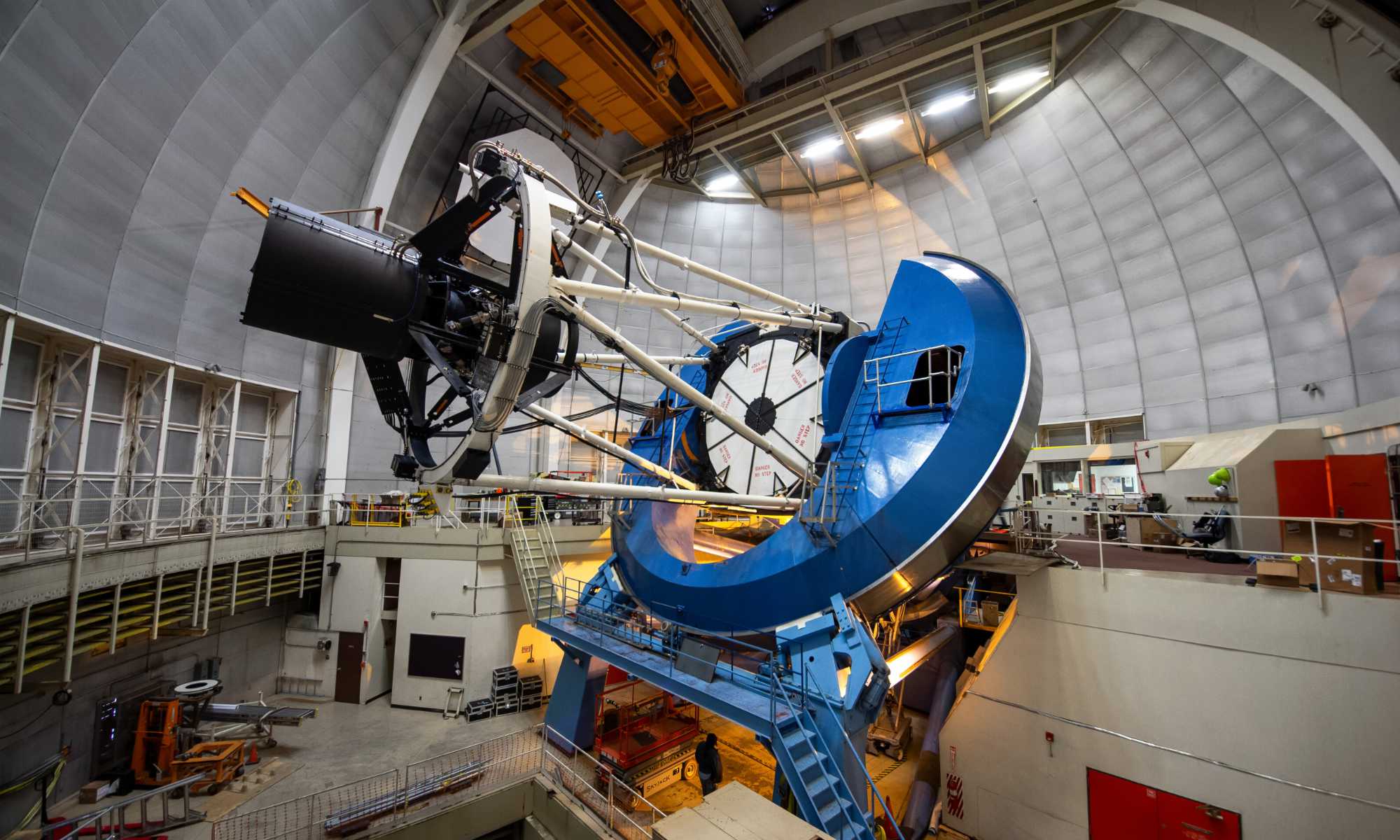
DESI first-year data delivers unprecedented measurements of expanding universe
Scientists have analyzed the first batch of data from the Dark Energy Spectroscopic Instrument’s quest to map the universe and unravel the mysteries of dark energy.
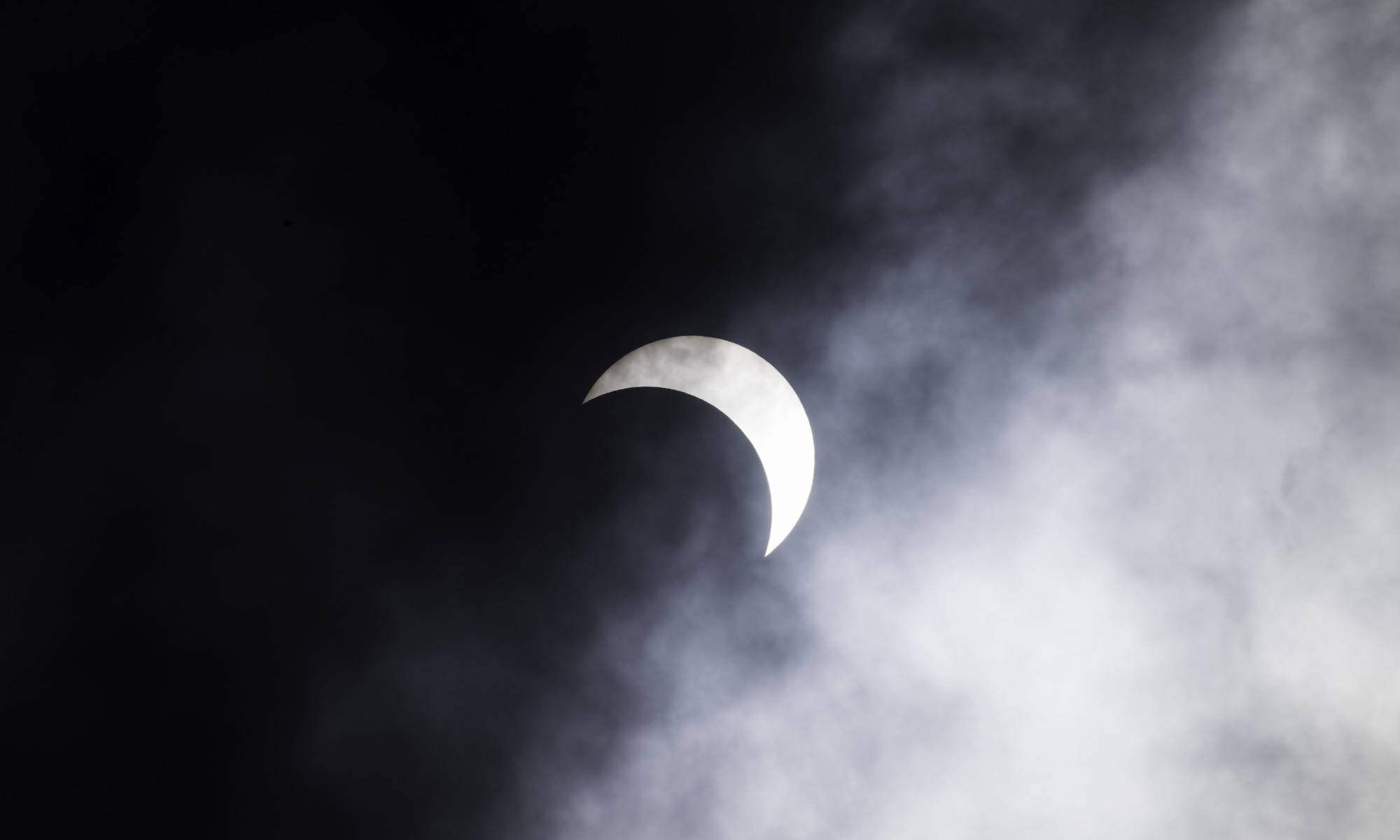
Get ready for the total solar eclipse on April 8
Mark your calendars for April 8, 2024, when the University of Rochester’s River Campus will be among the prime viewing spots for the next total solar eclipse.
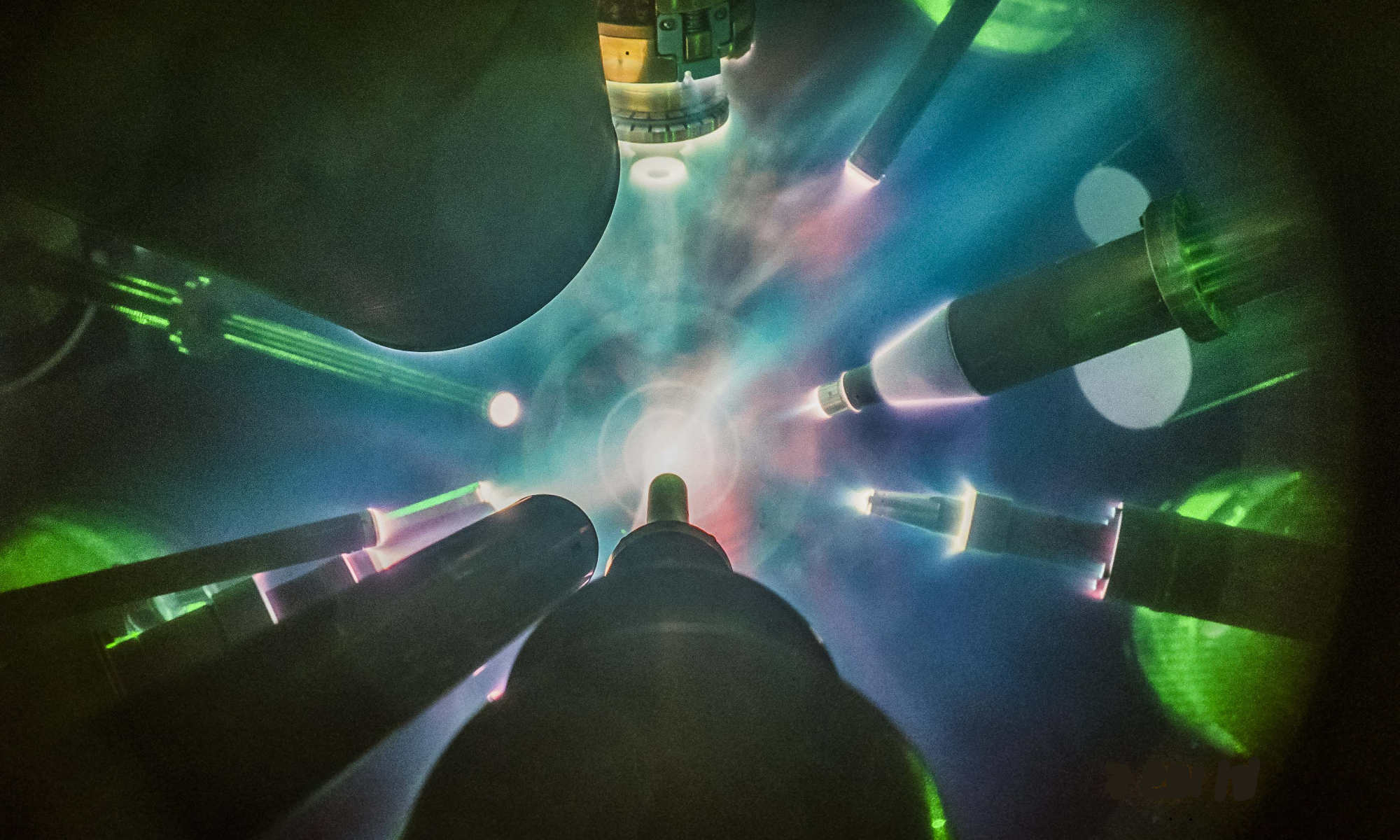
Scientists create new ‘spark plug’ for fusion reactions
Techniques developed with the Laboratory for Laser Energetics’ OMEGA laser system hold promise for sparking fusion at larger scales.
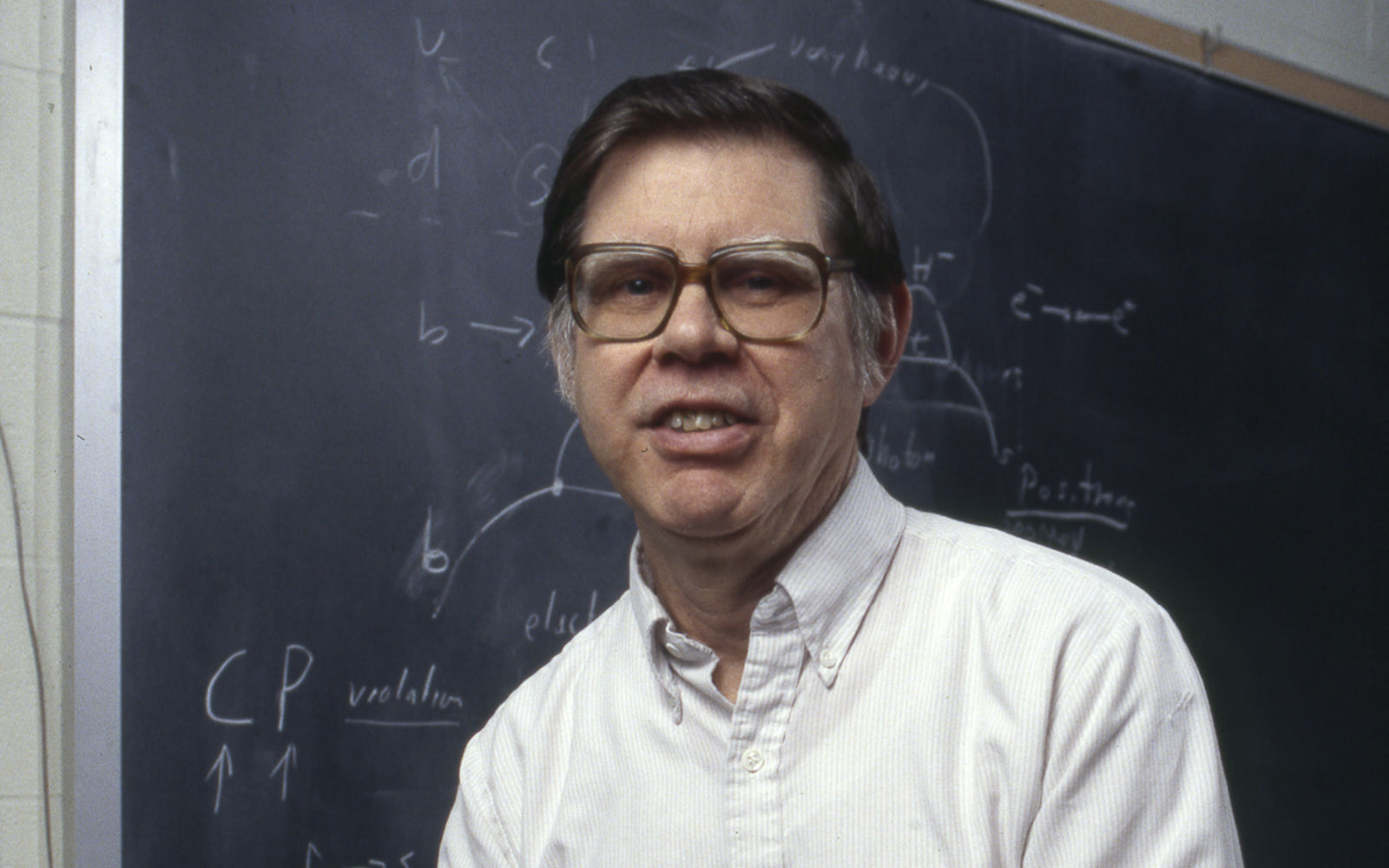
Edward Thorndike, physicist who found ‘beauty’ in b quarks, remembered
Thorndike made pathbreaking contributions to the study of matter.
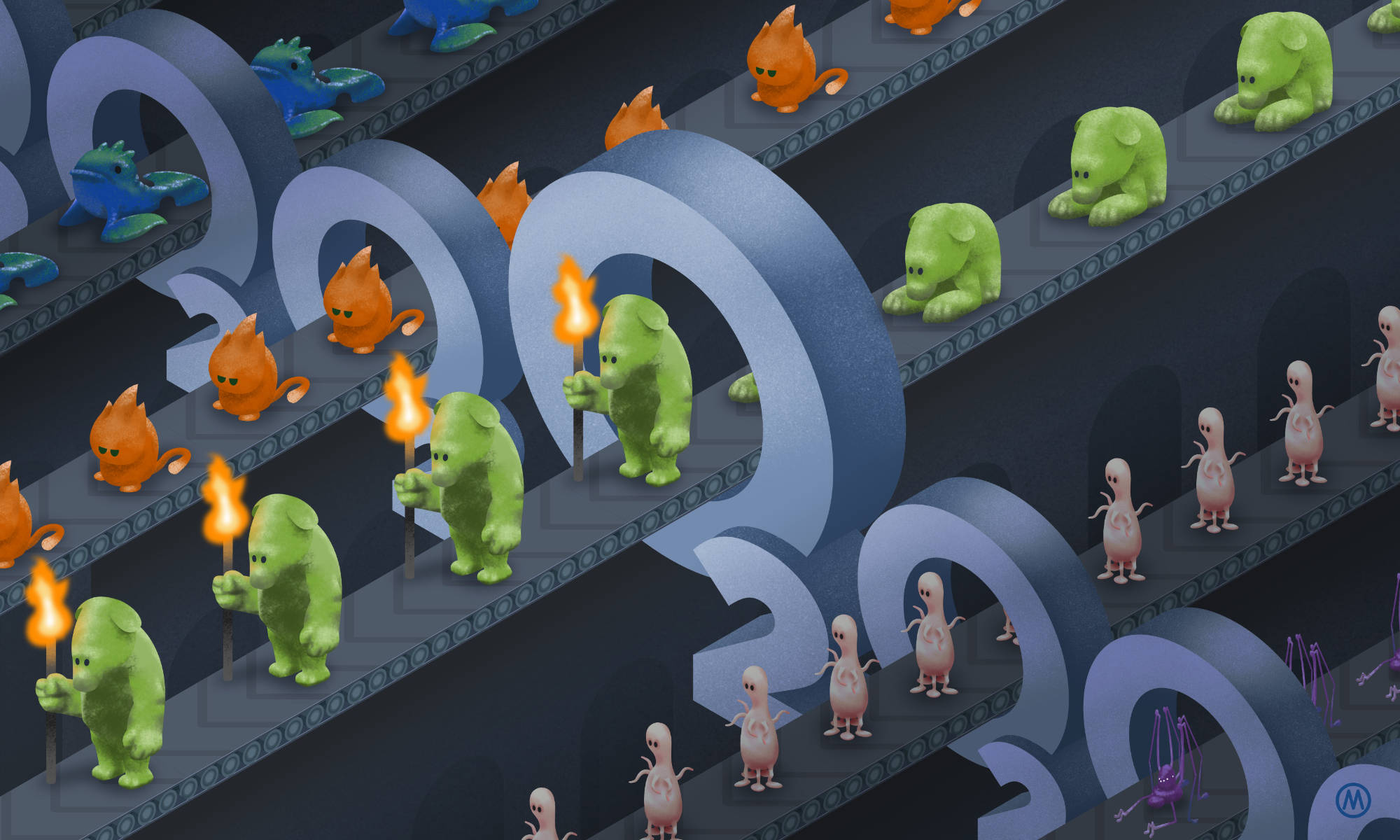
Is oxygen the cosmic key to alien technology?
Rochester astrophysicist Adam Frank explores the links between atmospheric oxygen and detecting extraterrestrial technology on distant planets.

New strategy reveals ‘full chemical complexity’ of quantum decoherence
The findings can be used to design molecules with custom quantum coherence properties, laying the chemical foundation for emerging quantum technologies.
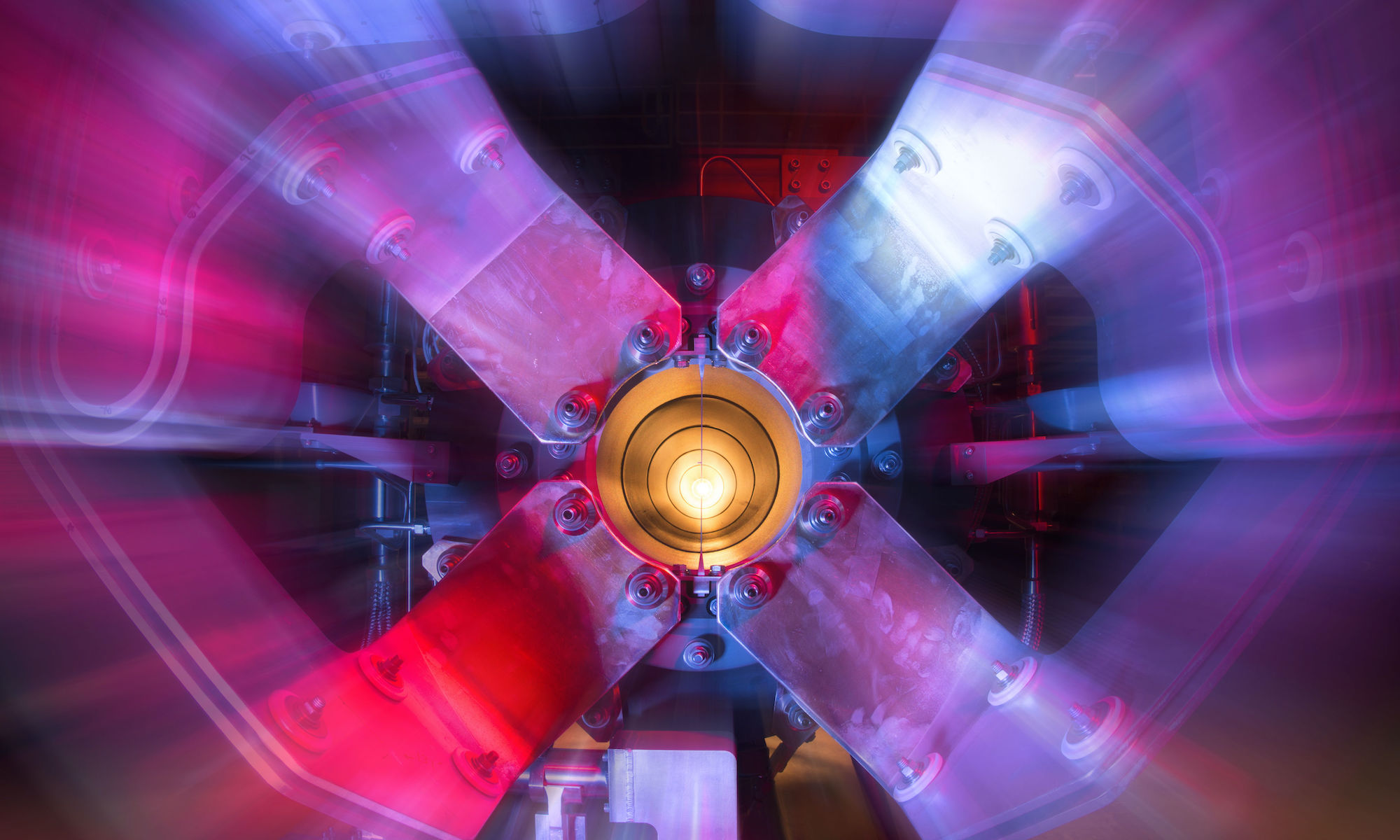
Rochester research with ‘ghostly’ neutrinos among Physics World’s breakthroughs of the year
Led by researchers from the University of Rochester, scientists from the international collaboration MINERvA have, for the first time, used a beam of hard-to-detect neutrinos to investigate the structure of protons.

Straining memory leads to new computing possibilities
“We’ve combined the idea of a memristor and a phase-change device in a way that can go beyond the limitations of either device,” says Stephen Wu, an assistant professor of electrical and computer engineering and of physics.
